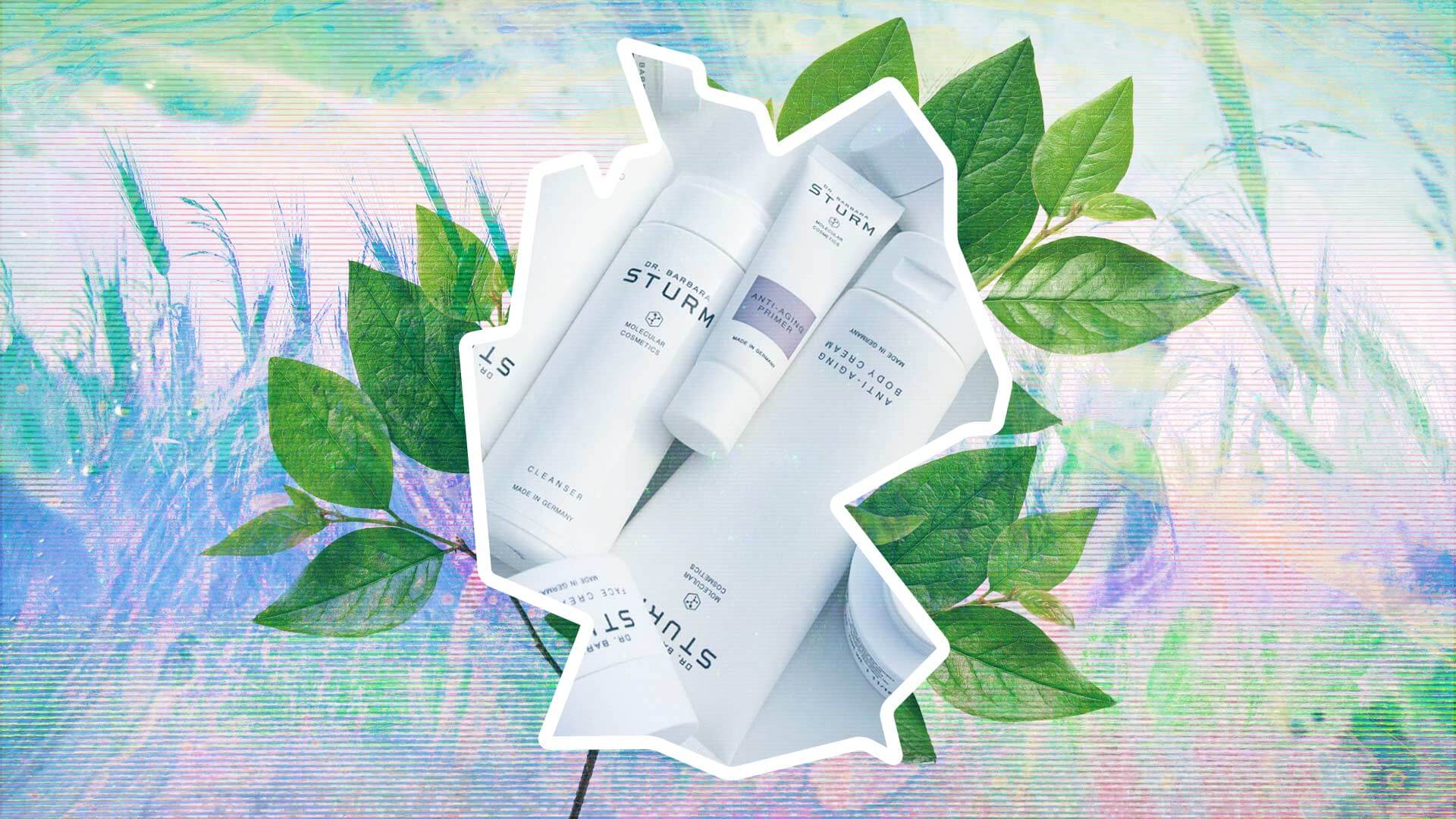The next letter in the alphabet soup, G-Beauty (G as in German) is one beauty sub-genre that cosmetic chem and sustainability nerds should not –– cannot dismiss. Where K-Beauty gave us 10-step routines and sheet masks, G-Beauty anchors itself in sustainable, clean practices. With higher-grade ingredients and ethical practices, experts in this niche are tackling some of the industry’s biggest problems: transparency, efficacy and environmental impact.
What’s So Green About G-Beauty?
Based in Europe, G-Beauty products follow euro standards of “clean” outlined by the 2013 European Cosmetic Products Regulations. These laws ban 1,300 questionable ingredients, while the United States only bans 11.
The Guardian notes, “It’s possible to find formaldehyde, a known carcinogen banned in EU-sold cosmetics, in U.S. hair-straightening treatments and nail polish. Parabens, linked to reproductive problems, are ruled out in the EU but not the U.S., where they lurk in skin and hair products. Coal tar dyes can be found in Americans’ eyeshadow, years after they were banned in the EU and Canada.”
While the American beauty market has become more supportive of ingredient transparency, European brands see it as a legal and safety issue. Not only does their organic approach create healthier crops, but biodynamic farming practices also re-enrich and maintain farmland for after the harvest.
All This And Brains Too?
Another claim to fame for G-Beauty brands is their solid foundation in scientific research and breakthroughs. In fact, some experts view beauty as “marrying wellness with German engineering.” With leaders constantly introducing new technology, including stem cells and fern extract, these formulas don’t just sound pretty; they’re proven.
Additionally, many brands have a direct connection to (or even founding by) licensed dermatologists. Dr. Barbara Sturm owns and operates a clinic for molecular medicine and non-surgical skin rejuvenation, while Augustinus Bader works as a world-renowned stem-cell scientist. Lettings these experts lead the industry’s, rather than marketers, ensures safer, more effective products.
Market Talk
In 2018, G-beauty was valued at £15 billion (i.e. over $19 billion). According to Rob Keen, chief executive at Weleda North America, sales are only expected to climb. His company alone increased its revenue by 19%. Plus, this growth goes beyond European markets. The New York Times reported sales for natural G-Beauty brands increased by 13% in the U.S. versus an 11% increase for all natural personal-care brands.
While G-Beauty’s U.S. growth is exciting, these green products cost a bit of green themselves. Dr. Barabara Sturm’s cult-favorite Brightening Serum costs $310 for a 1 oz bottle. Augustinus Bader’s Rich Cream and Cream (the brands only two products) sell for $265 each. And Royal Fern’s Phytoactive Cleansing Balm retails at $85. (Shoutout to Weleda, who’s best-selling Skin Food prices at a modest $19). Of course, we should expect higher-quality products to cost more. However, this seems the opposite of the G-Beauty philosophy that skincare is health care versus a luxury.
Where Will G-Beauty Go?
Luxury beauty fans who want to pay to play can shop U.S. retailers like Violet Gray and Blue Mercury. Though some brands marketed as “G-Beauty” (such as Nivea) are sold in drugstores, these more affordable options often lack the scientific backing of their extravagant counterparts.
In true American fashion, beauty junkies will likely fall for this trend as the #NBT –– and rightfully so! This mindfulness toward real-world problems is refreshing. However, don’t be surprised to see brands greenwash their products and claim the G-Beauty label without standard science or safety concern. With only 11 banned ingredients and looser regulations in the U.S., brands have much more wiggle room.

